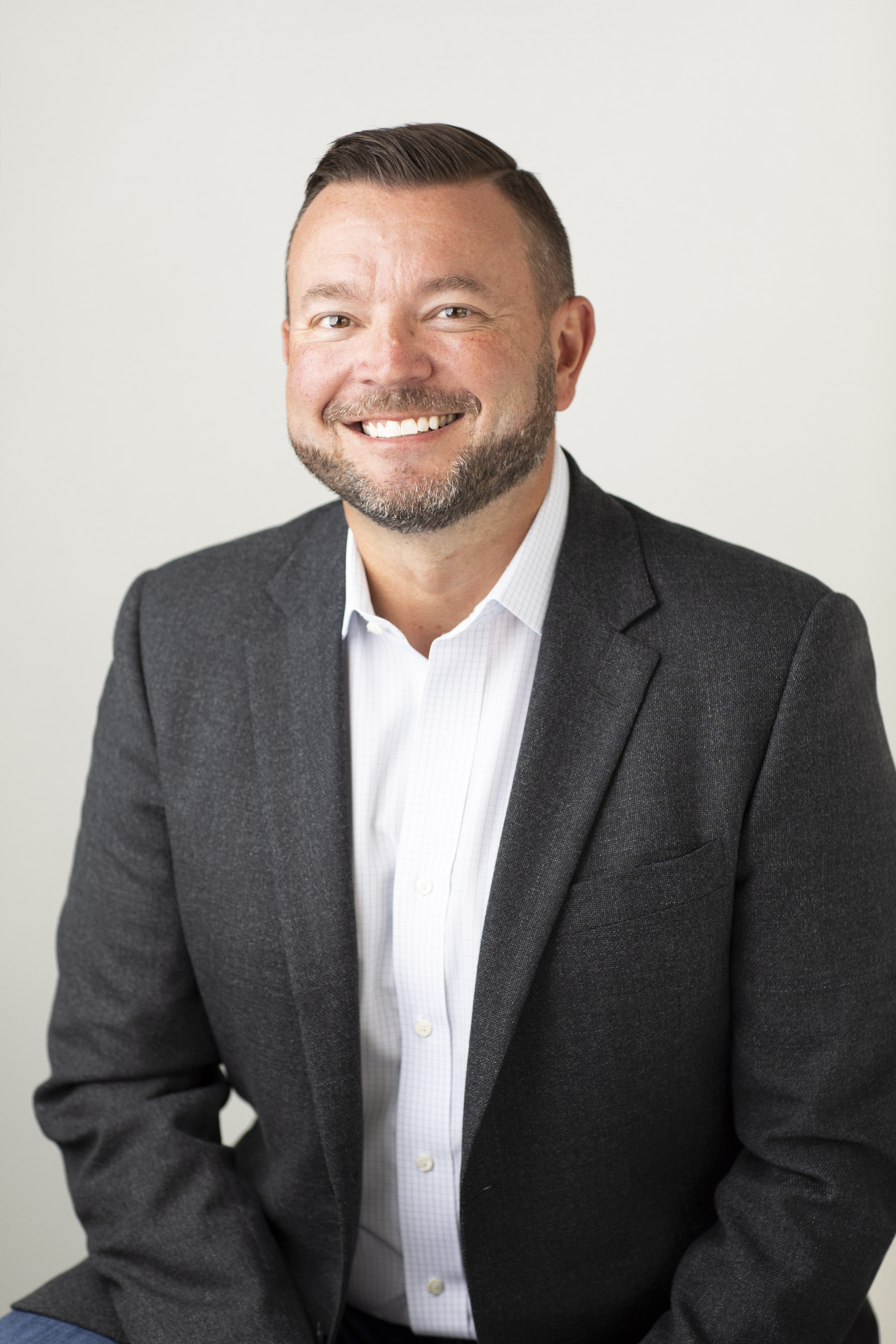 Not long ago, I wasn’t having much fun at work. I couldn’t put my finger on it, but something was off. I was frustrated with my team and things felt out-of-control. In spite of much growth and success, it seemed like we had hit a ceiling.
Not long ago, I wasn’t having much fun at work. I couldn’t put my finger on it, but something was off. I was frustrated with my team and things felt out-of-control. In spite of much growth and success, it seemed like we had hit a ceiling.
I didn’t know exactly how to describe my situation. I wasn’t sure what the reaction would be. Who would feel sorry for me, someone given the great privilege and opportunity to lead an amazing team at a great company? But that didn’t change the internal conflict I was feeling while trying to perform two important roles in our organization: Visionary and Integrator.
I was – and still am – in the Visionary role. In many organizations this might also be known as the Founder, CEO, or Chairman.
According to author and EOS founder Gino Wickman, “A Visionary is a person who has lots of ideas, is a strategic thinker, always sees the big picture, has a pulse on your industry, connects the dots, and researches and develops new products and services. The Visionary typically is the founding entrepreneur, operates more on emotion, and has ADD (but not always). This person is great with big relationships, the culture of the organization, and solving big, ugly problems (not the little ones); sees things others can’t; creates and holds the company vision; and is great at closing big deals. Visionaries are the creators of everything.”
Unfortunately, I was also trying to fill what Wickman has named the Integrator seat. You might have one in your organization that goes by the title of President, COO, General Manager, or Chief of Staff.
“An Integrator is the person who is the tie-breaker for the leadership team, is the glue for the organization, holds everything together, beats the drum (provides cadence), is accountable for the P&L results, executes the business plan, holds the Leadership Team accountable, and is the steady force in the organization. The Integrator also creates organizational clarity, communication, and consistency; typically, (but not always) operates more on logic; drives results; forces resolution, focus, team unity, prioritization and follow-through; is the filter for all of the Visionary’s ideas; harmoniously integrates the Leadership Team; and helps to remove obstacles and barriers,” writes Wickman.
I have always enjoyed thinking, dreaming, and creating. I also enjoy being in front of people. That combination of innovation and relationships has helped fuel a lot of growth for our organization. But with the growth came a host of new issues and challenges. I was spending a great deal of time doing things that zapped my energy. As Lisa Messenger, Founder of media company Collective Hub wrote in a LinkedIn post, “Suddenly, it felt like the very lifeblood of who I am – as a visionary, creative, and pioneer – had been sucked out of me.”
As Wickman writes, “A Visionary isn’t good at holding people accountable, doesn’t like details, doesn’t like running the day-to-day of the business, isn’t good at following through, gets distracted easily, and is always trying to get 100 pounds in a 50-pound bag. All of this can create a lot of chaos for an organization.”
Chaos? You’re telling me!
Messenger captured my experiences perfectly: “The day-to-day reality of running a fast-paced, high-growth business had hit with its suffocating, back-to-back meetings about everything from employee troubles to KPIs, negotiations, inter-departmental issues, product stuff-ups, or simply discussing how big the office boardroom should be. It would start before I even stepped into the office and as soon as one meeting was over, staff members would be huddled outside to grab me for ‘just two secs’, which of course would turn into 20 minutes or more over and over again.”
Since October of last year, we’ve been implementing Wickman’s Entrepreneurial Operating System (EOS) in our company. As I read and studied Traction and Get A Grip, I soon came across Rocket Fuel, the third book in the series. It articulated the differences between a Visionary and an Integrator. And it gave me the permission and courage to declare that I am a natural-born Visionary and only a reluctant Integrator. I could no longer be something I wasn’t. I had to give up the Integrator seat.
Now what? Fortunately, we had someone internally – our CFO – who got what the Integrator role was all about, wanted to support me in the Visionary seat, and had the capacity needed for such a large position. In July, I decided to officially make the change.
I’d like to tell you it was easy to do, that I’ve had no fear or doubt, but that wouldn’t be honest. What if my partners don’t see value from my focus on ideas and innovation? After all, the “doing” aspect of the Integrator role is much more visible. What if I can’t get out of the Integrator’s way? What if I can’t give up control?
Yet, the change has been so energizing for me. Channeling Messenger’s article again, the truth is I hadn’t been "operating in my sweet spot for a while – where ideas are birthed, innovations manifest, rules are (wonderfully) broken, and where wins are most definitely had. That is the stuff I’m made of and ultimately, what has got us here thus far.”
What’s The Risk?
Wickman says that only 1 in 20 people possess the skills to be in both the Visionary and Integrator roles. If you’re mismatched, the risk of burnout, uninspired leadership, and sub-par performance is huge. Your company needs the best version of you in order for it to become the best it can be.
For me, instead of harmoniously inte-grating the energy, systems, and people in our organization, I was only grating on them. This had the effect of shredding my energy, the very lifeblood of my unique abilities. If this resonates with you, it’s probably time to take a good hard look in the mirror and find the seat you were meant to fill.
Click here to take an assessment to see where you fall on the spectrum.




